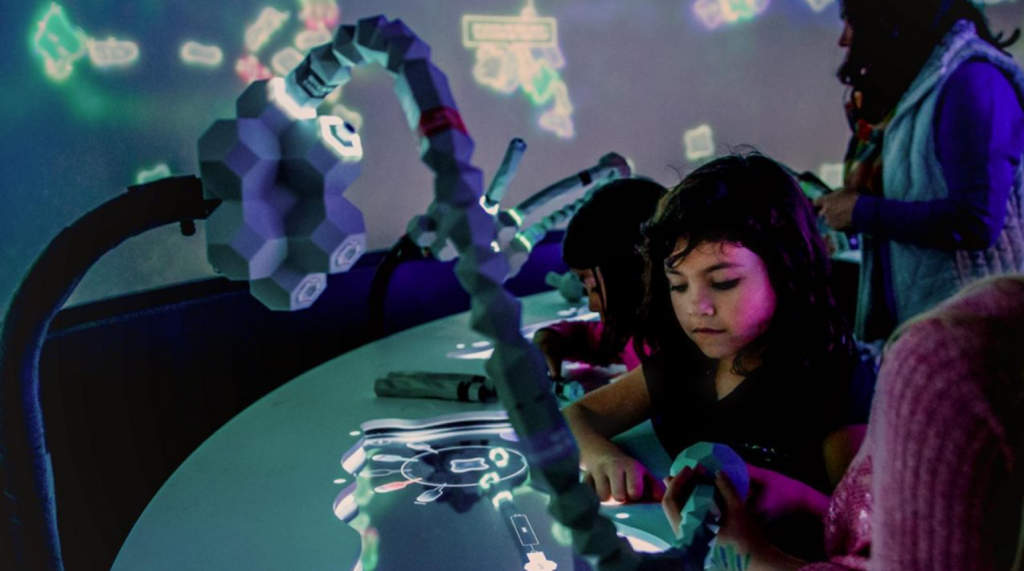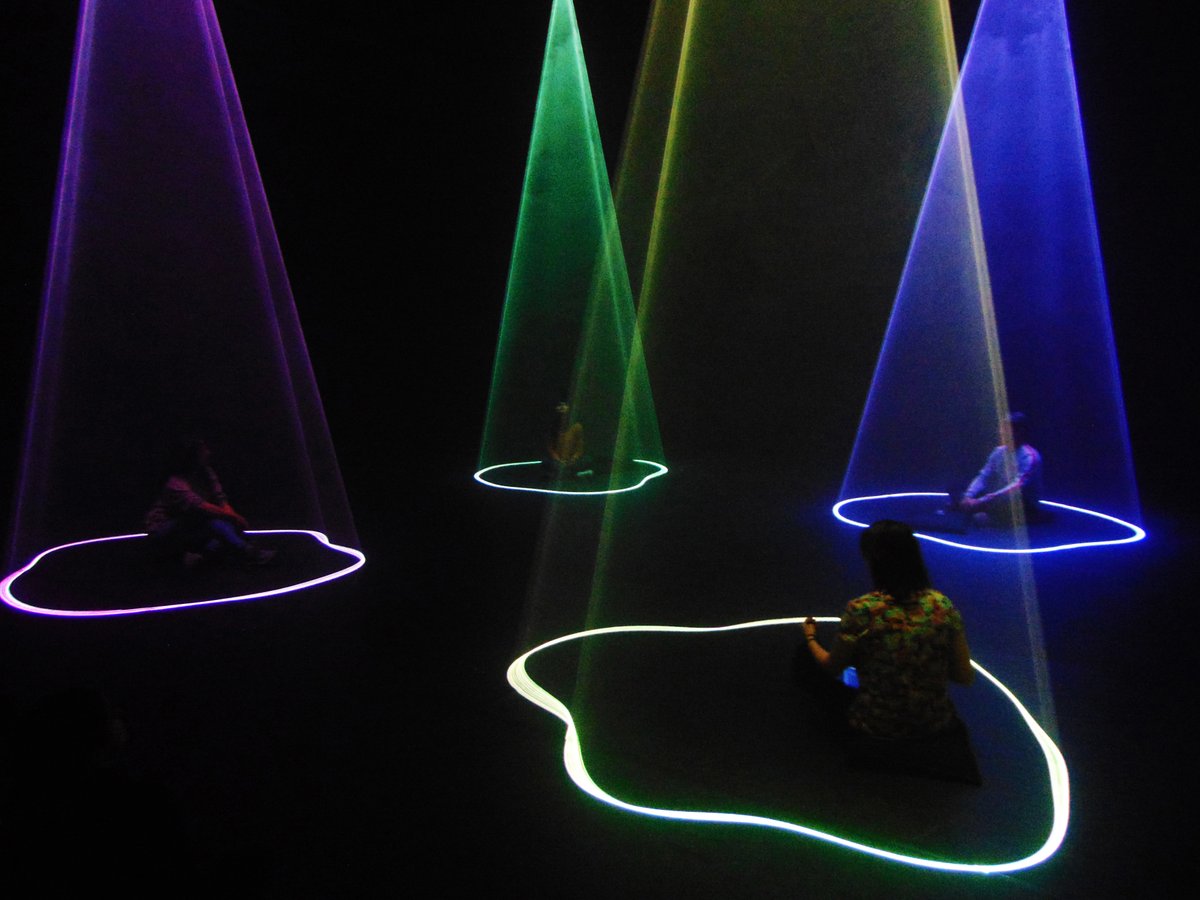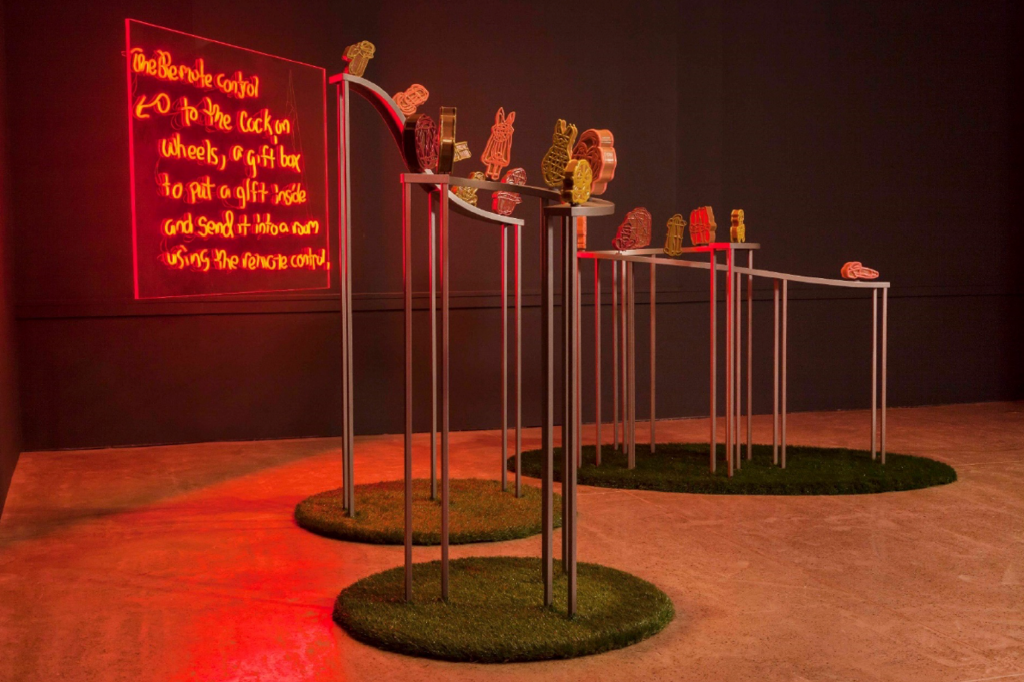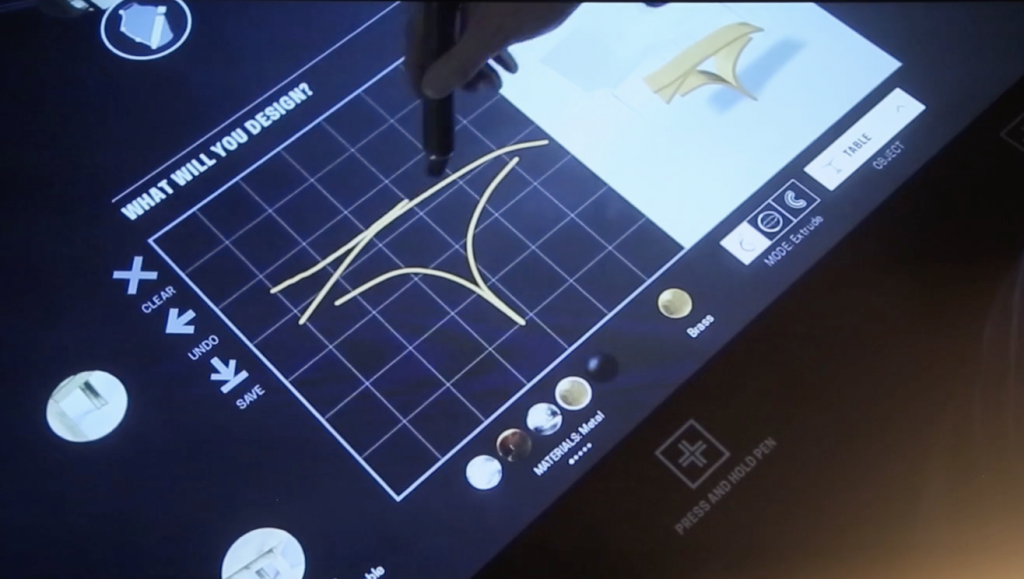In cities across China, Local Projects (an experience design studio) has partnered with the soccer club Manchester United and Adidas to create a gaming experience for the fans. It is called the “Theatre of Dreams.” I found this project especially interesting because I am a huge soccer fan myself and the fact that there is an experience that they created that allows the fans to become football players them. Furthermore, it appeals to the emotions of the fans as it takes into account the rich history of the Club as well. They try and capture the emotions and atmosphere of an actual match day event and the energy of the stadium as if the users were in it. The creators of this experience, Local Projects, seemed to have created the software for this immersive experience by themselves. As far as I know, this is an experience like none other and it takes inspiration from the fact that fans make their intense love for the game well known. This breakthrough experience that they have created can probably inspire other clubs to provide similar experiences as each club has their own unique history and spirit. Here is the link for the immersive experience.
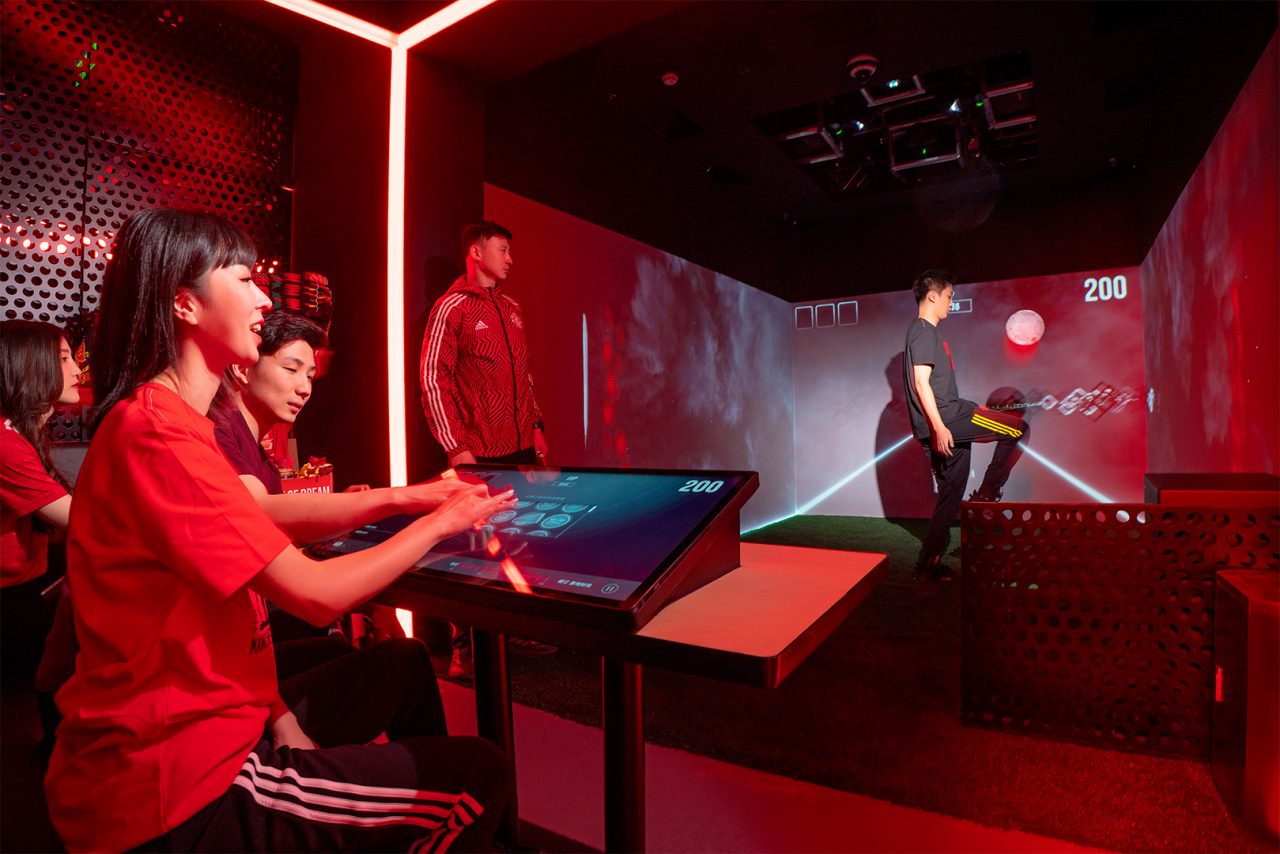
![[OLD SEMESTER] 15-104 • Introduction to Computing for Creative Practice](../../../../wp-content/uploads/2023/09/stop-banner.png)
